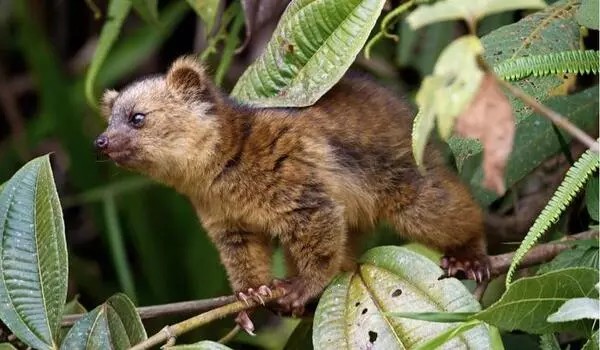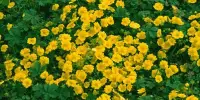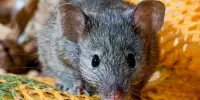Knowing how fruit eaters are doing is a critical step in conserving precious and vulnerable biodiversity hotspots. To help with this, scientists and students at Michigan State University have created a massive database to track such animals and birds.
The group publishes for the first time in this month’s open-access journal Global Ecology and Biogeography a massive list of over 45,000 traits for creatures that eat fruit. Frugivoria, named after the species of frugivores that survive primarily on fruit, expands existing databases by providing researchers and conservationists with one-stop listings of both critters and birds in Central and South American forests. To assist in addressing the biodiversity crisis, Frugivoria’s data and workflow are open and accessible to all.
In a time of rapid climate change, it’s crucial to understand how fruit eaters are doing in specific ways.
With climate change, seed dispersion is really important. Fruit eaters maintain forest composition and health by pooping – which spreads seeds. Frugivoria is an important contribution because researchers can use this to understand the diversity of their roles in the ecosystem.
Beth Gerstner
“With climate change, seed dispersion is really important,” said Beth Gerstner, a Ph.D. candidate in the MSU Department of Fisheries and Wildlife who led the development. “Fruit eaters maintain forest composition and health by pooping – which spreads seeds. Frugivoria is an important contribution because researchers can use this to understand the diversity of their roles in the ecosystem.”
Knowing what is eating and pooping the fruit, as well as their distribution and life traits (life expectancies, breeding habits, and habitat preferences), is critical for tracking the changes that climate change may bring. However, existing databases were fragmented or incomplete.
Beginning in 2018, 12 undergraduate students at MSU were tasked with sifting through mountains of scientific publications to flesh out existing records of fruit eaters, including birds for a more holistic understanding of the forests. The entry of 44 new species, such as the olinguito, was the most exciting, according to Gerstner.

Gerstner is studying a member of the same family as racoons, which live in the cloud forests of the northern Andes. The olinguito had been mistaken for the larger olingo, but after being discovered in 2013, it was discovered to be genetically distinct.
“Natural history is entering the age of big data,” Phoebe Zarnetske, associate professor of integrative biology and director of the Institute for Biodiversity, Ecology, Evolution, and Macrosystems (IBEEM), said. “Through Frugivoria, we are helping to increase the accessibility of natural history information that was previously only available in museums and collections.” This project provided a once-in-a-lifetime opportunity to involve a large number of undergraduates in data science and functional ecology research.
Frugivoria, according to Zarnetske, can help with both basic and applied questions about species’ functions in their environment. Community scientists can use it to learn more about the natural history of species, and it can help with species conservation assessments.
“As a result,” she explained, “Frugivoria is part of something bigger — we can leverage the power of its big data to help solve the biodiversity crises.”
Gerstner’s goal is to get Frugivoria to where it is needed. “My hope,” she says, “is for the database to be used by the International Union for Conservation of Nature and people doing on-the-ground conservation.”
















